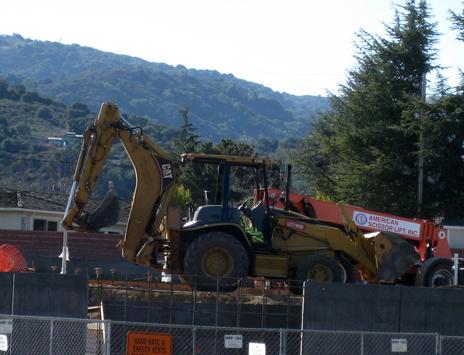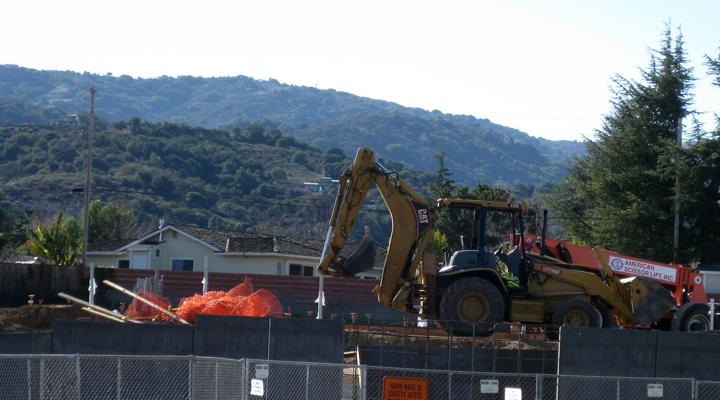
On Nov. 30, 2011, the Santa Clara County Superior Court ruled that the Environmental Impact Report FUHSD had compiled for track and field renovations at LHS and MVHS did not comply with the California Environmental Quality Act. The EIR describes how FUHSD would address environmental issues caused by the new track and fields. Lynbrook-Monta Vista United, a community group particularly concerned with the sound impact the new fields would impose, filed the lawsuit on Jan. 18, 2011. The group’s main concerns were the installation of lights on the field and the sound impact of nighttime activities on surrounding homes.
“The best way to avoid the sound impact would be to not have this project all together,” David Radtke of LMU said. “…it should have been obvious [to FUHSD] that there would be a significant noise impact … this never should have been a court case.”
The original EIR planned to deal with sound by limiting the number of football games from 12 or 15 to six a year. The court ruled in favor of LMU, declaring that “[FUHSD] did not show the ‘analytic route’ that leads to their conclusion that the variation on the reduced use alternative … somehow transforms a significant, unavoidable noise impact to a less than significant one.” The Court asked FUHSD to reevaluate its methods of dealing with the sound impact. FUHSD Board decided to comply with the Court’s request.
The Draft Recirculated EIR, completed on Jan. 18, fills in the gaps of the original document. It focuses on a revised Reduced Use and Light Levels alternative, which limits the hours the proposed sports lighting is used as well as the strength of the lights during post-practice and cleanup periods after games. The fields will be used earlier in the night, when the sound impact will not affect surrounding households as much. Overall, the use of the track and field lights under the alternative has been reduced by 66 percent, but a significant unavoidable sound impact remains. Other alternatives suggested by LMU were evaluated, included lowering the elevation of the track and field and installing triple-pane windows in homes closest to the new facilities.
“We knew the noise impact was unavoidable, because that is just the nature of football games. At other schools, there is little issue with the same amount of sound,” FUHSD Superintendent Polly Bove said.
Working with consulting firms David J. Powers & Associates, Inc. and Illingworth & Rodkin, Inc., FUHSD examined further ways of mitigating the sound impact. One method involves increasing the number of speakers so each outputs to a smaller area. Additionally, the speakers would be directed away from homes. Another option analyzed was noise barriers, up to eight feet high, built along property lines and extending from the ground up to six feet above the bleachers. The most effective means of reducing sound impact would to build a stadium over the track and field, but the visual impact and costs required to carry out this approach make it unfeasible. The various mitigation methods, according to the Draft Recirculated EIR, have substantially high costs to implement for the benefits provided.
Written comments by the public regarding the Draft Recirculated EIR were submitted to the District office up until 5:00 p.m., March 2. There are 120 pages of comments currently under review, with 31 negative comments, and 45 positive comments. FUHSD Board will review the report and may decide to change the parameters of the project, or file a Statement of Overriding Considerations which would dictate that the value of the project outweighs its environmental costs.
“Our hope is we will have football [at MVHS] next year,” principal April Scott said. “The last couple of months [of construction] will be final touches. The facility would be a positive add to the campus and for students.”








